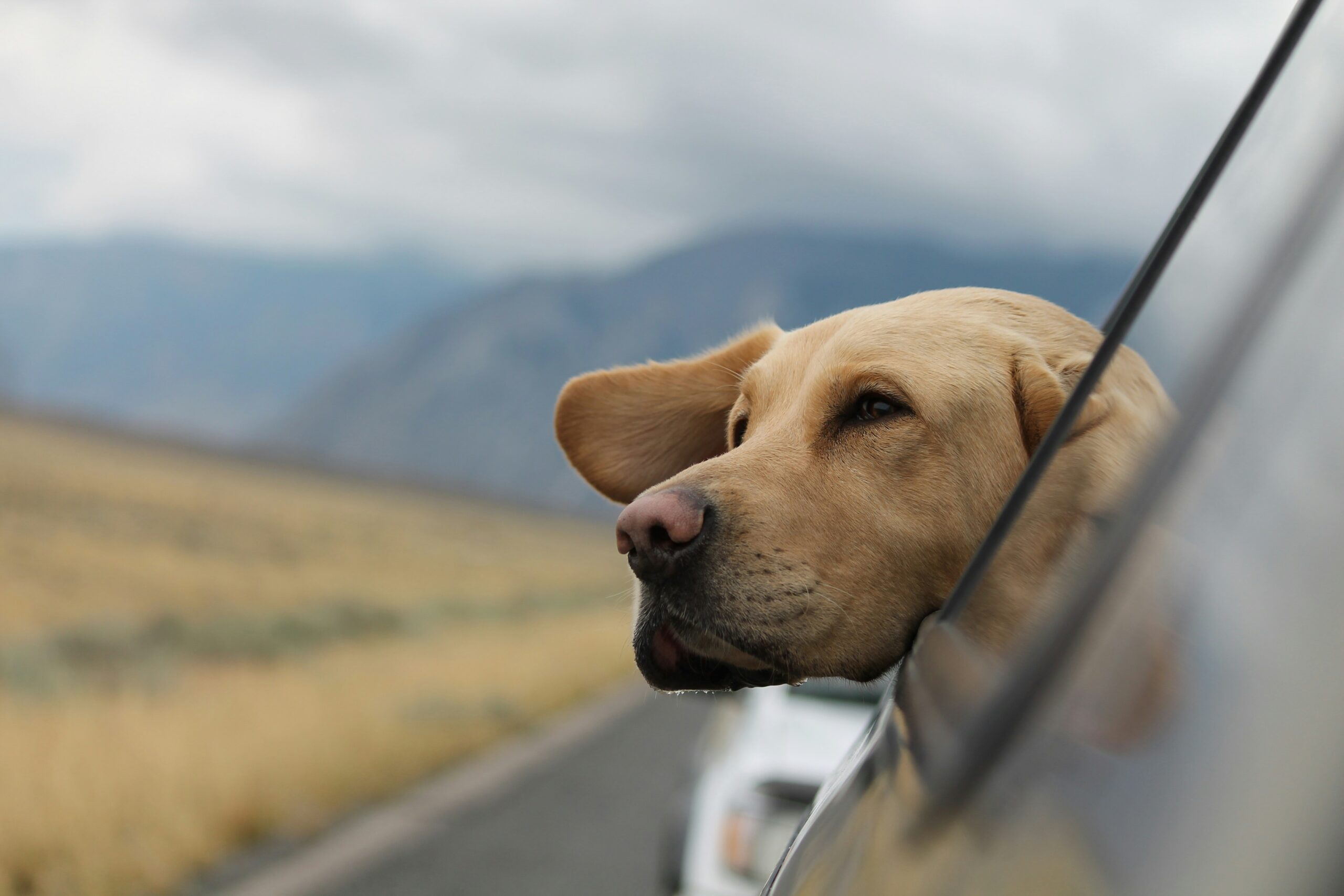
Traveling with pets can be one of the most rewarding experiences. You get to share new sights, sounds, and adventures with your furry companion. But the excitement can quickly turn stressful without the right precautions. Your pet relies on you for comfort, safety, and well-being during the journey. That’s why preparing ahead is essential for a smooth and stress-free trip.
This guide explores practical ways to keep your pet Owner’s safe and comfortable when you travel, whether by car, plane, train, or bus.
Preparing Your Pet Before the Journey
A safe trip starts well before you hit the road. Pets need gradual preparation for travel. Start with short practice trips so your pet can adjust to being in a carrier or vehicle. This reduces anxiety and prevents motion sickness.
A visit to the vet is also crucial. Ask about any health risks specific to your travel destination. Get your pet’s vaccinations up to date and request a health certificate if required for air or cross-border travel. While there, discuss options for calming travel nerves. Some pets may need anxiety aids, while others benefit from familiar toys and scents.
It’s also wise to microchip your pet and ensure their collar tag has your current contact information. In case you get separated, this increases the chance of a safe reunion.
Choosing the Right Travel Carrier
A secure carrier is your pet’s safe zone. It should be spacious enough for your pet to stand, turn, and lie down comfortably. Ventilation is important to maintain fresh airflow. For air travel, make sure the carrier meets airline safety regulations.
Before your trip, let your pet spend time in the carrier at home. Place a familiar blanket or an item with your scent inside. This makes the carrier feel like a safe, cozy space instead of a strange box.
For road trips, secure the carrier with a seatbelt or harness. Sudden stops or sharp turns can throw an unsecured carrier, risking injury.
Road Travel Safety
Car trips give you more control over your pet’s comfort. Keep pets in the back seat in their carrier or with a crash-tested harness. Never let your pet ride with their head out of the window—flying debris can cause injury, and sudden stops could throw them forward.
Plan regular breaks for water, food, and bathroom needs. Avoid leaving your pet in a parked car, even for a short time. Temperatures inside can rise quickly, causing heatstroke.
Bring a travel kit with water, a collapsible bowl, waste bags, and some of your pet’s favorite snacks. A small pet first aid kit can be a lifesaver in emergencies.
Air Travel Safety
Flying with pets requires more preparation. Airlines have different rules for cabin and cargo travel. Small pets often travel in the cabin, while larger ones may need to go in the cargo hold.
Book a direct flight whenever possible to minimize stress and hassle. During the booking process, let the airline know you are traveling with a pet so they can make necessary arrangements.
On the day of travel, feed your pet a light meal several hours before departure. Too much food right before the flight can cause nausea. Also, attach a label to the carrier with your name, contact number, and destination details.
Keeping Pets Calm in New Environments
New places can overwhelm pets. When you arrive, give them time to explore slowly. Set up a familiar area with their bed, blanket, or toys. These familiar scents can help them settle.
Maintain their feeding and walking schedule as much as possible. Consistency provides a sense of security. If you’re staying in a hotel or rental, check for hazards like exposed wires, loose balcony railings, or toxic plants.
Health and Safety During the Trip
While traveling, watch for signs of distress such as heavy panting, drooling, or restlessness. These can indicate overheating or anxiety.
Always carry a list of nearby veterinary clinics in your travel area. In unfamiliar locations, you never know when you might need urgent care for your pet.
Hydration is key. Offer water often, especially during hot weather or long travel days. Dehydration can happen quickly in pets.
Outdoor Safety on Adventures
If your travels involve outdoor activities like hiking or beach trips, make sure your pet is physically ready. Build up their stamina with shorter walks before the trip.
Use a sturdy leash and harness to keep them secure. Even well-trained pets can get startled and run off in unfamiliar surroundings.
Check the weather before heading out. Hot pavements can burn paws, and extreme cold can lead to frostbite. Bring paw protection like booties if needed.
Handling Emergencies
Despite all precautions, emergencies can happen. Carry a pet first aid kit with essentials like bandages, antiseptic wipes, tweezers, and a thermometer.
Learn basic pet CPR and first aid. These skills can be crucial in the time it takes to reach a vet.
If your pet gets lost, contact local animal shelters and post their photo on community boards and online lost-pet networks. Having recent, clear images of your pet on your phone makes this process faster.
Returning Home Safely
After the trip, give your pet time to rest. They may be more tired or irritable than usual. A quiet space at home helps them readjust.
Monitor their eating and drinking habits. Changes in behavior, appetite, or energy may signal stress or illness from the trip. If anything seems unusual, consult your vet.
Traveling with your pet requires more planning than going solo, but the rewards are worth it. You get to share the journey, not just the destination. By focusing on preparation, safety, and comfort, you can make every trip enjoyable for both of you.